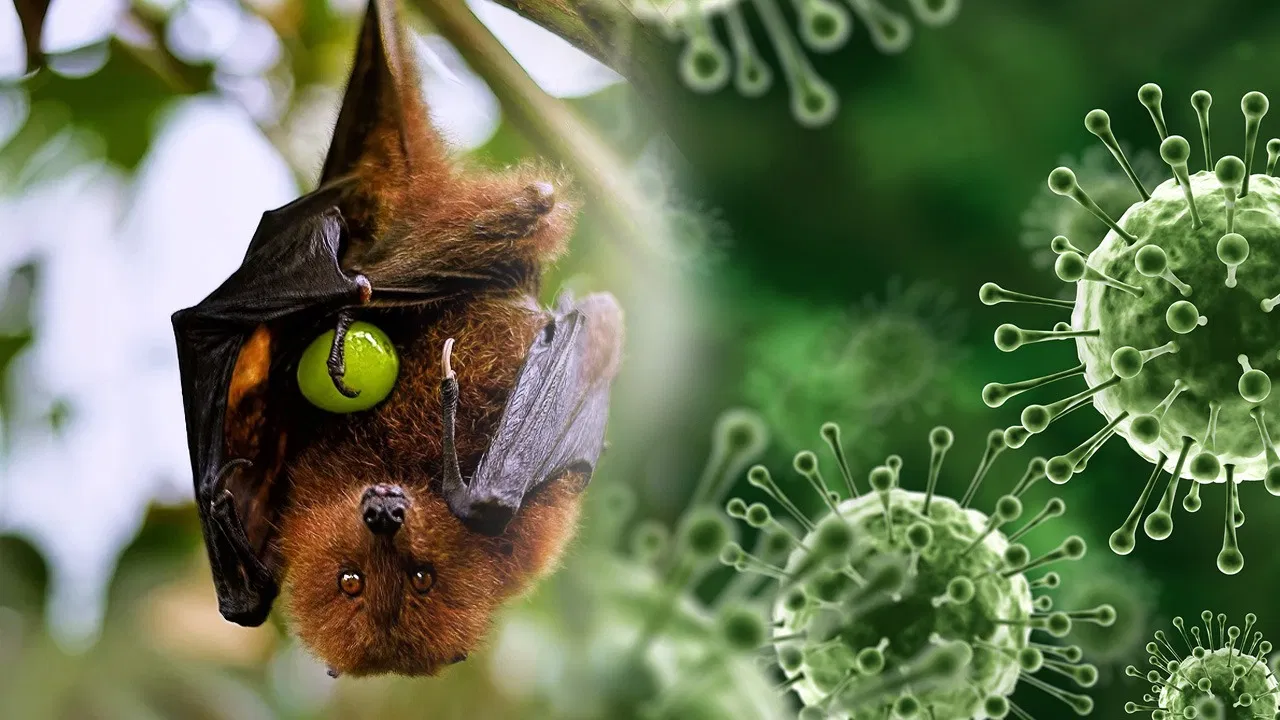Nipah virus (NiV) is a highly contagious and deadly zoonotic virus that can cause severe illness in both animals and humans. It was first identified in 1999 during an outbreak in Malaysia, and since then, several outbreaks have occurred in South Asia. Nipah virus is considered a priority pathogen due to its potential for causing large-scale epidemics and the absence of specific antiviral treatments or vaccines. In this comprehensive guide, we will explore the symptoms of Nipah virus infection in detail, its transmission mechanisms, and strategies for prevention.
1. Introduction to Nipah Virus
Nipah virus is a member of the Paramyxoviridae family, which also includes viruses like measles and mumps. It is classified as a zoonotic virus because it primarily infects animals (fruit bats and pigs) and can be transmitted from animals to humans. Human-to-human transmission is also possible, making Nipah virus a significant public health concern.

2. Symptoms of Nipah Virus Infection
The incubation period for Nipah virus infection typically ranges from 4 to 14 days after exposure. Once symptoms appear, they can progress rapidly and are often severe. Here are the key symptoms of Nipah virus infection:
Fever: The onset of Nipah virus infection is often marked by a high fever.
Headache: Severe headaches are common and may be accompanied by a feeling of confusion.
Drowsiness: Individuals infected with Nipah virus may become extremely drowsy or lethargic.
Respiratory Symptoms: Respiratory distress, coughing, and difficulty breathing can occur as the infection progresses.
Disorientation: Patients may experience confusion and mental disorientation.
Coma: In severe cases, Nipah virus infection can lead to a coma within a few days.
Seizures: Seizures may also occur, further complicating the clinical picture.
Neurological Symptoms: Neurological symptoms such as muscle weakness and stiff neck can develop.
Nausea and Vomiting: Gastrointestinal symptoms like nausea and vomiting are common.
Cough: A persistent cough may develop as the infection progresses.
Symptoms in Pigs: In the case of pig infections, symptoms can include respiratory distress, coughing, and neurological signs.
It’s crucial to note that Nipah virus infection can progress rapidly, and the mortality rate can be as high as 75%. Early detection and medical intervention are essential for improving the chances of survival.
3. Transmission of Nipah Virus
Understanding how Nipah virus is transmitted is crucial for preventing its spread. Here are the primary transmission mechanisms:
A. Bat-to-Human Transmission: Fruit bats (flying foxes) are considered the natural reservoir of Nipah virus. Human infections often occur when individuals come into contact with contaminated bat urine, saliva, or feces, or consume fruits partially eaten by infected bats.
B. Human-to-Human Transmission: Nipah virus can also spread from person to person through close contact, such as caring for or living with an infected individual. Respiratory secretions and body fluids, like saliva, urine, and blood, can contain the virus and pose a risk to caregivers and healthcare workers.
C. Transmission from Animals: In some outbreaks, Nipah virus has been transmitted to humans through contact with infected pigs or other animals. This usually occurs when humans come into contact with bodily fluids from infected animals or consume contaminated meat products.
D. Contaminated Surfaces: Surfaces contaminated with Nipah virus can also serve as a source of infection if individuals touch these surfaces and then touch their mouth, nose, or eyes.
4. Prevention of Nipah Virus Infection
Preventing Nipah virus infection is essential due to its high mortality rate and potential for human-to-human transmission. Here are key strategies for prevention:
A. Avoid Contact with Bats: Avoid direct contact with bats or their excreta. Do not consume fruits that may have been exposed to bat contamination.
B. Personal Protective Measures: Healthcare workers and caregivers should use appropriate personal protective equipment (PPE), such as masks, gloves, and gowns, when caring for Nipah virus patients.
C. Hand Hygiene: Frequent handwashing with soap and water for at least 20 seconds is crucial to reduce the risk of infection.
D. Isolation and Quarantine: Isolate infected individuals promptly, and quarantine individuals who have had close contact with them to prevent further spread.
E. Safe Animal Handling: Farmers and individuals involved in animal husbandry should follow safe practices when handling pigs and other livestock.
F. Surveillance and Reporting: Early detection and reporting of Nipah virus cases to public health authorities are essential for timely intervention.
G. Vaccine Development: Research into the development of vaccines and antiviral treatments for Nipah virus is ongoing, and these could play a crucial role in future prevention efforts.
In conclusion, Nipah virus is a deadly zoonotic virus with severe and rapidly progressing symptoms. Understanding its transmission mechanisms and adopting preventive measures is crucial for reducing the risk of outbreaks and saving lives. Public health awareness and international collaboration are key in the fight against this dangerous virus.


